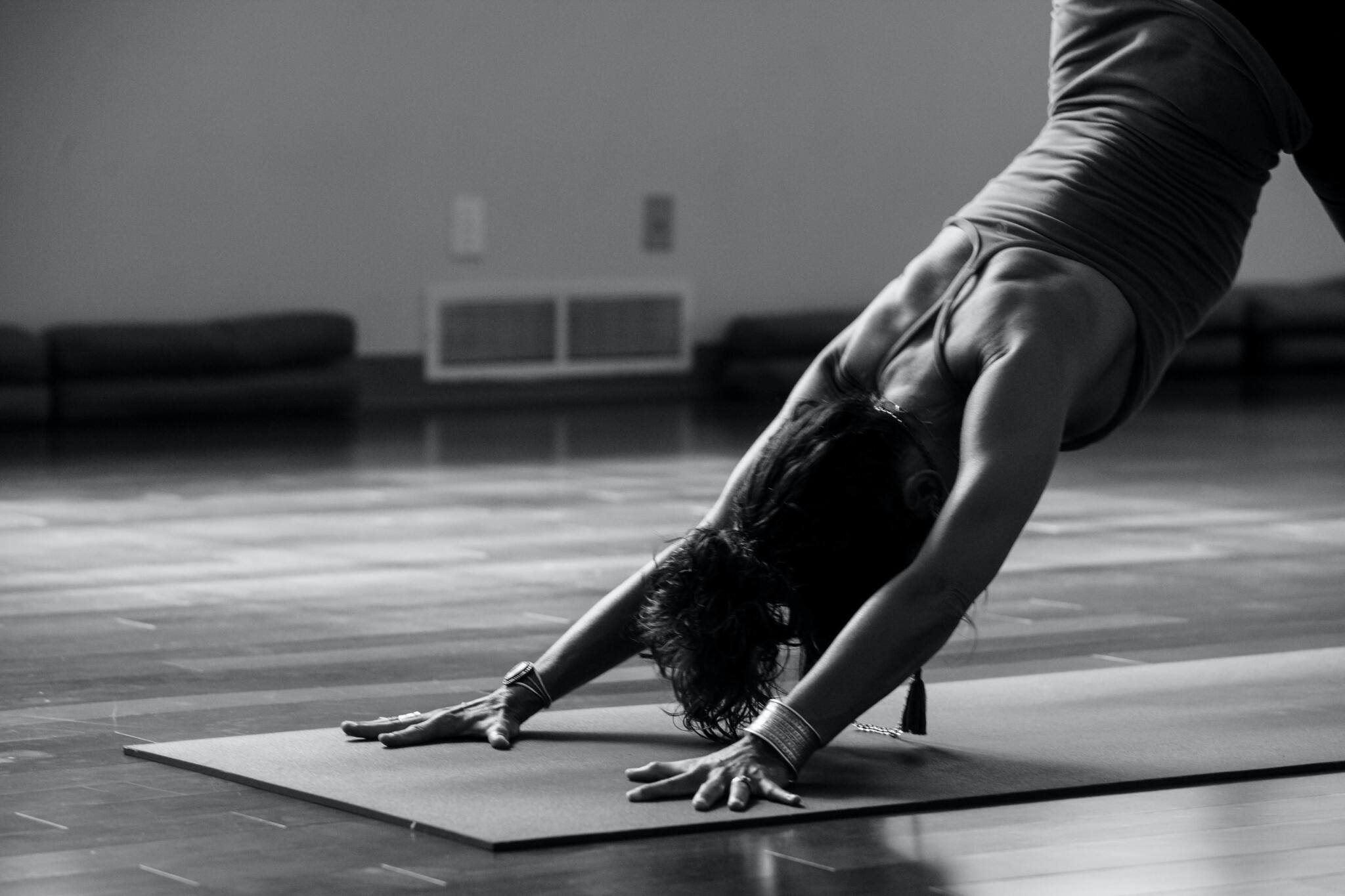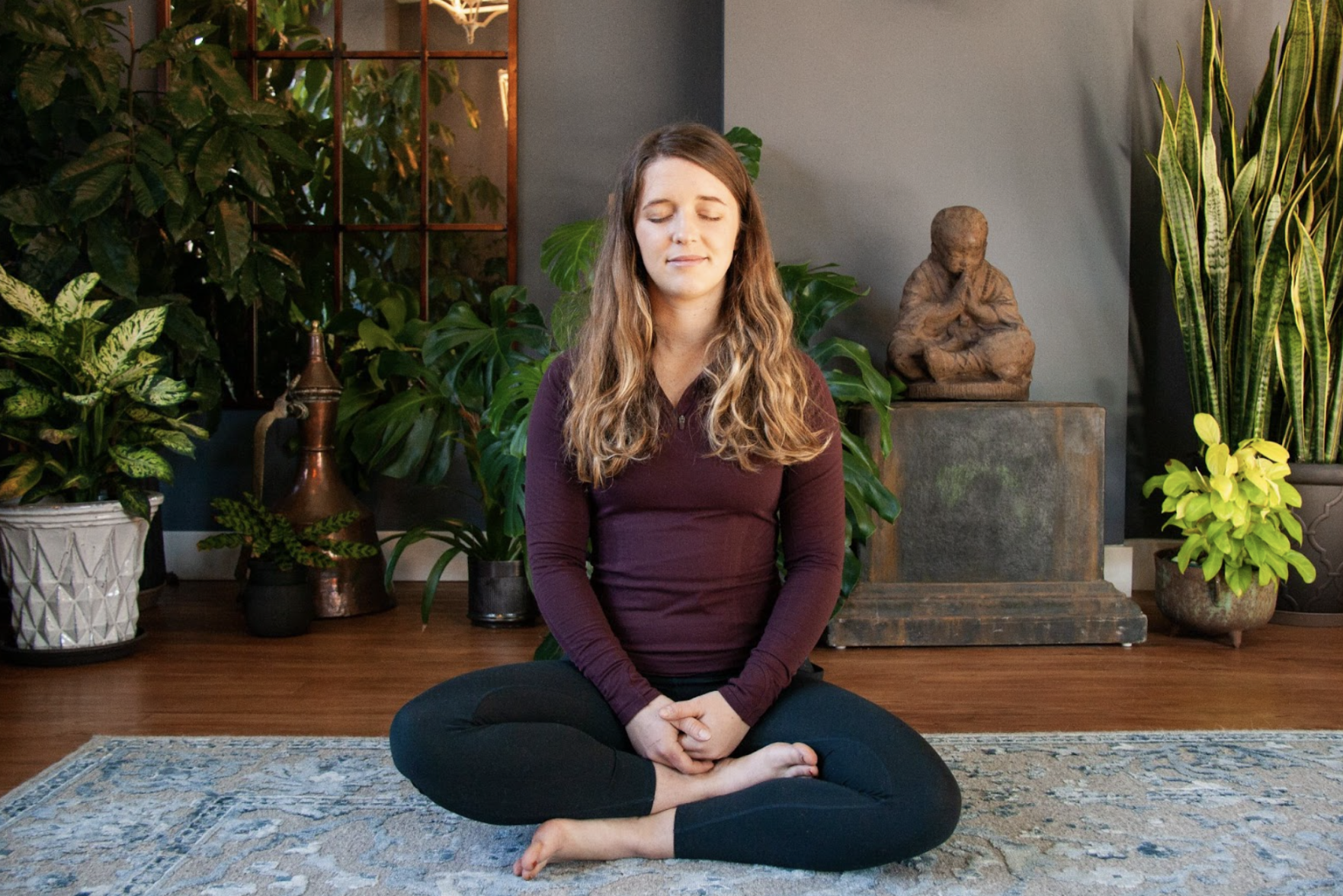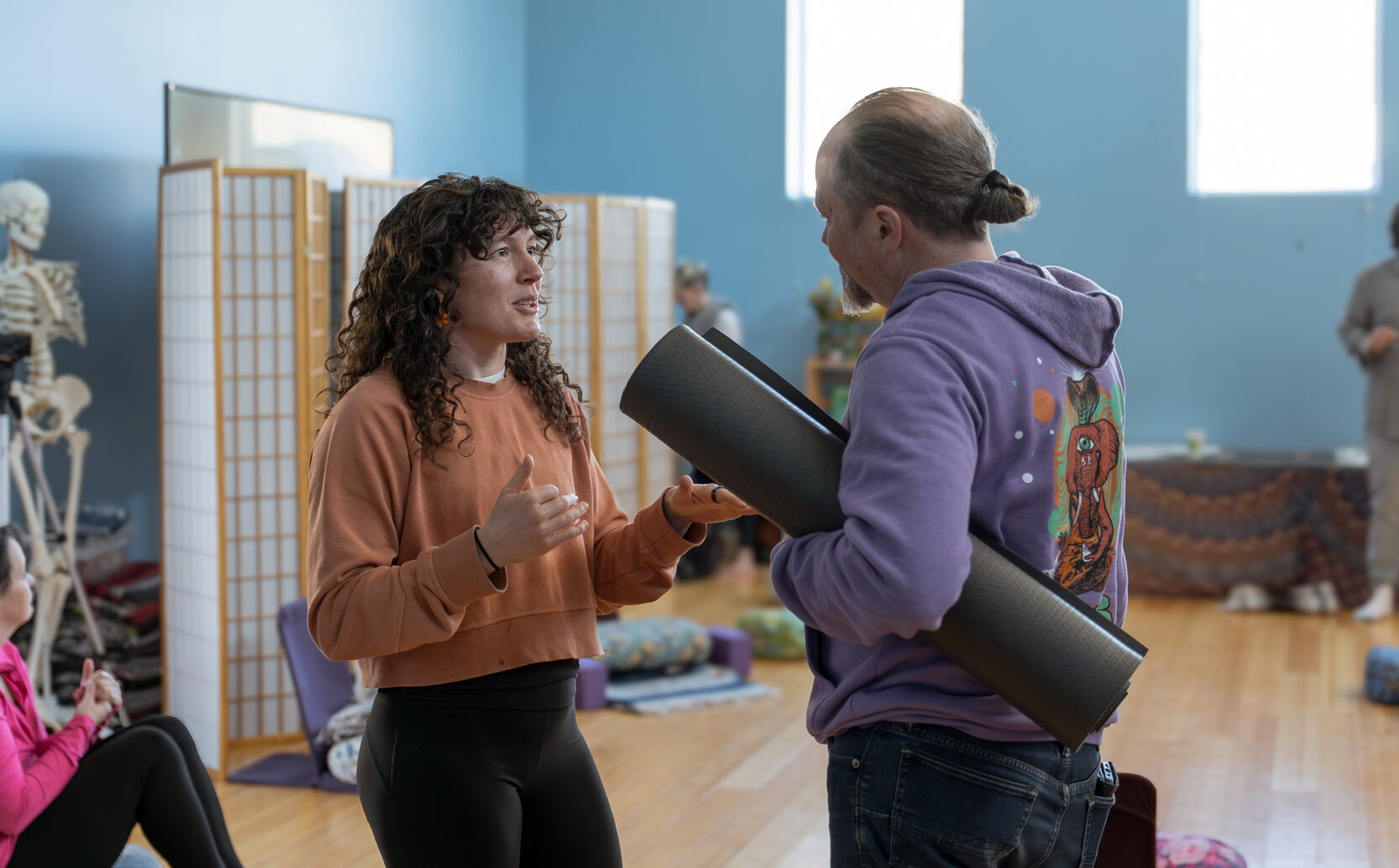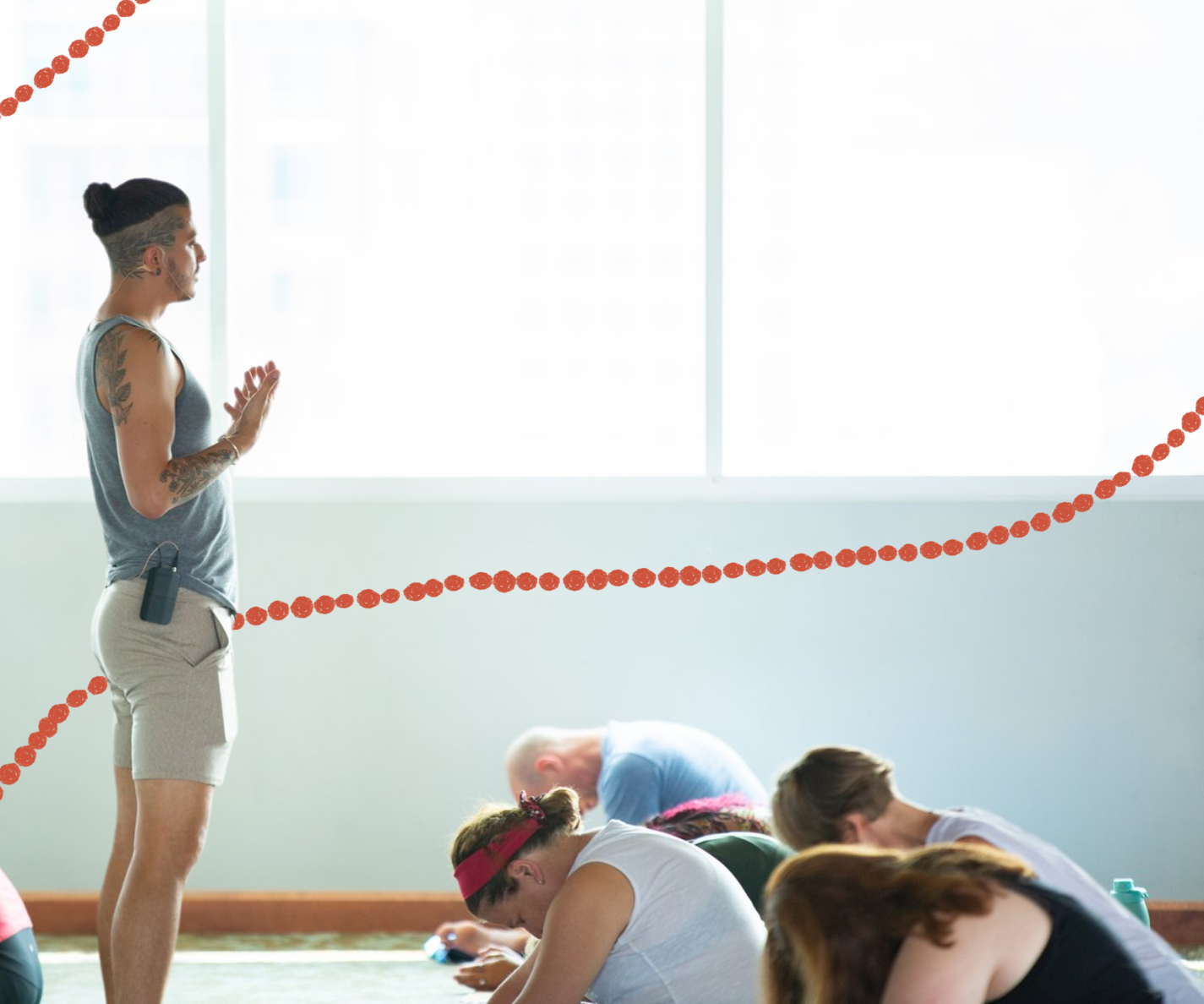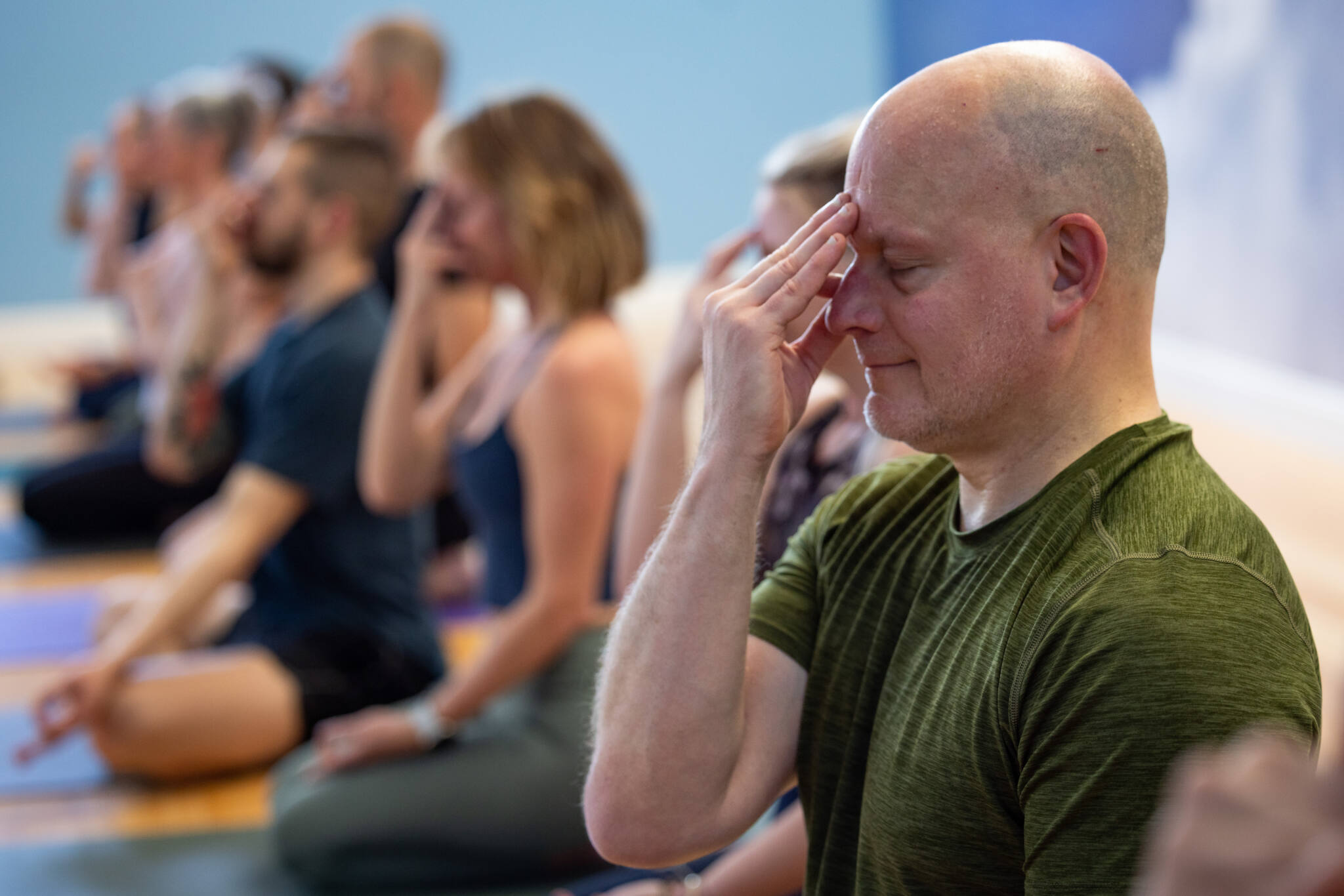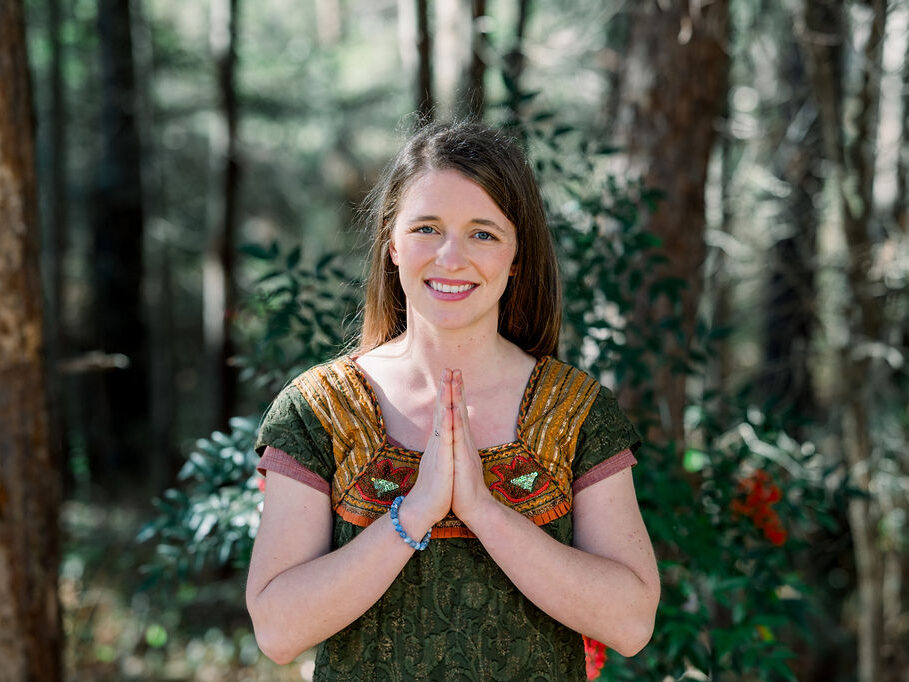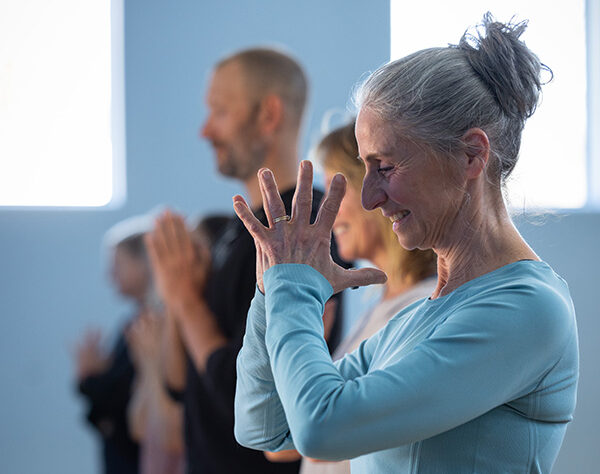Committing to a regular yoga practice can be challenging, especially with the demands of our busy lives. While we all know how beneficial yoga is and how good we feel when we have a regular practice, sometimes the chaos of our days get us carried away. However, by following these five tips, you can begin to create a sustainable yoga routine and connect with yoga both on and off the mat.
- Set a realistic goal: Start by committing to a realistic goal that fits into your schedule. This could be as simple as committing to a 10-15 minute practice each day or attending a weekly yoga class. Once you’ve established a routine, gradually increase the duration and intensity of your practice.
- Create a dedicated space: Designate a space in your home or workplace for your yoga practice. This space should be free from distractions and clutter, and ideally, have natural light and fresh air. Having a dedicated space can help you stay focused and committed to your practice.
- Connect with a community: Join a local yoga community like Asheville Yoga Center or find an online community that aligns with your values and goals. Connecting with like-minded individuals can help provide motivation, accountability, and support for your yoga practice. Having a supportive environment also helps you overcome any self limiting beliefs that may be holding you back in your yoga practice.
- Incorporate yoga into your daily life: Yoga is not just a physical practice, it’s a way of life. Find ways to incorporate yoga into your daily routine, such as practicing mindfulness during your commute, taking a few deep breaths before a meeting, or practicing gratitude before bed. I love to use a thought journal before bed to record my gratitude, it’s always great to look back and see past entries for days when I am feeling down!
- Embrace the philosophy of yoga: Yoga is more than just a physical practice, it’s a philosophy that encourages us to live with compassion, kindness, and self-awareness. Embrace the principles of yoga both on and off the mat, by practicing non-judgment, mindfulness, and self-reflection.
By following these five tips, you can commit to a regular yoga practice and connect with yoga both on and off the mat. Remember that yoga is a journey, not a destination, and that the benefits of yoga come from consistent practice and dedication. A strong yoga practice helps you stay calm and grounded during the stress of everday life.
Frequently Asked Questions
Q: How can I stay connected to my yoga practice off the mat?
A: Yoga is more than just poses, it’s a way of being. You can stay connected by bringing mindfulness into everyday moments: taking a few conscious breaths before a conversation, pausing for gratitude, or simply walking with awareness. Practices like journaling, self-inquiry, or sitting quietly in stillness can also nourish your inner practice. The mat is just the beginning—yoga lives in how we show up in life.
Q: Why is connecting with a yoga community important?
A: Community, or sangha, reminds us that we’re not alone on this journey. Practicing with others offers support, inspiration, and a sense of belonging that can deepen your experience both on and off the mat. It’s powerful to be witnessed, encouraged, and celebrated by people walking their own path beside you. Together, we grow stronger, more compassionate, and more connected.
Q: Does practicing yoga at home offer the same benefits as a studio class?
A: Practicing at home can be just as meaningful—it offers flexibility, freedom, and a chance to tune into your own rhythm. Studio classes provide structure, hands-on support, and community energy that many find motivating. Both have unique gifts. The key is consistency and intention. Wherever you are, your breath and awareness can turn any space into sacred space.
Q: Why is breathwork important in yoga?
A: Breath, or prāṇa, is the bridge between body and mind. In yoga, conscious breathing helps regulate the nervous system, center your attention, and support every movement with ease. It turns effort into flow and helps anchor you in the present moment. Over time, breathwork becomes a powerful tool for calming the mind, opening the heart, and moving through life with more grace.
Q: How can yoga help with emotional balance?
A: Yoga helps us pause, notice, and feel without judgment. Movement, breath, and meditation work together to release held tension—physically, mentally, and emotionally. Over time, yoga builds resilience by creating space between stimulus and response, allowing us to meet emotions with compassion rather than reactivity. It’s a practice of remembering: you are whole, you are grounded, and you are enough—no matter what you feel.
